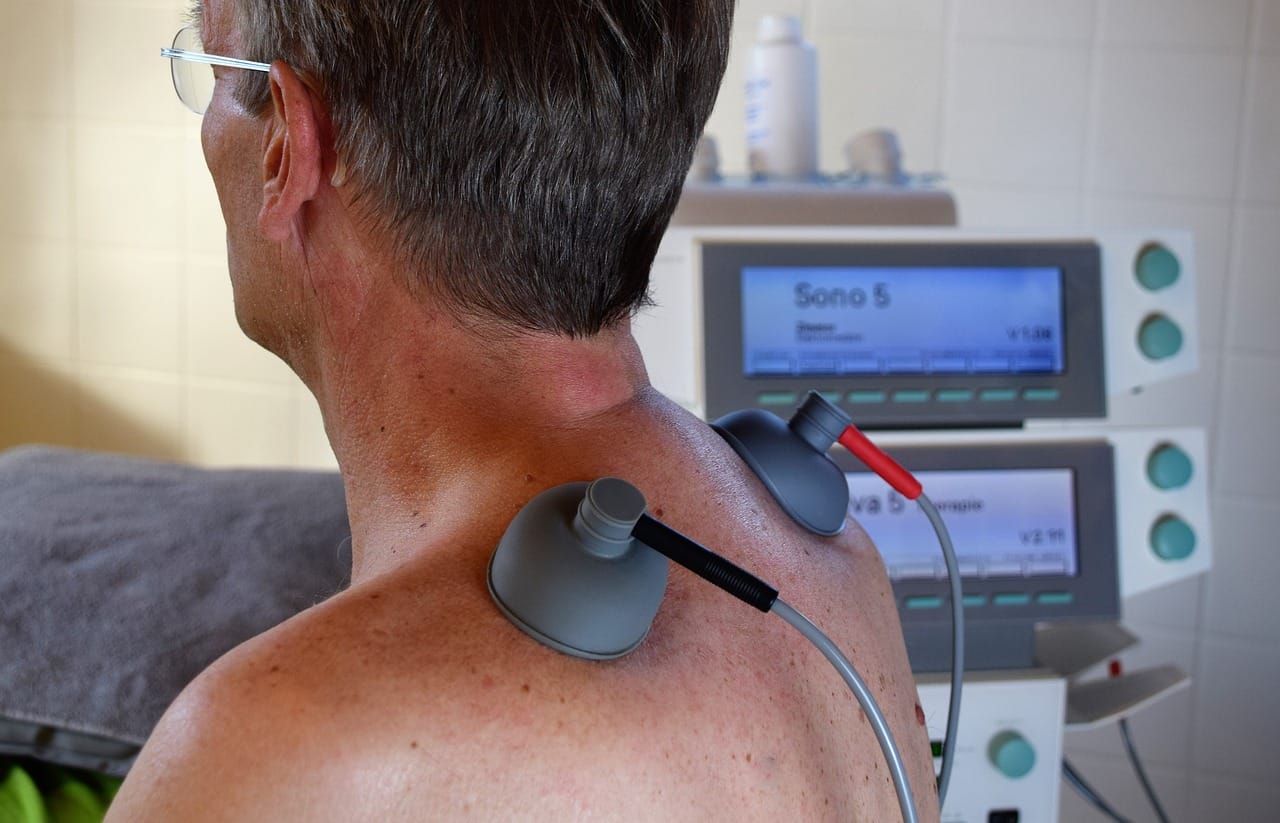Spinal cord injuries (SCIs) are life-altering events, often leaving individuals with permanent disabilities. The quest for innovative treatments to aid in spinal cord injury recovery has been ongoing for years. One promising approach that has garnered considerable attention is stem cell therapy in spinal cord injury recovery. But how successful is this therapy? Can stem cells truly heal spinal cord injuries? In this article, we’ll explore the fascinating world of stem cell therapy for spinal cord injuries, delving into the science, potential benefits, and the latest developments in the field.
Understanding Spinal Cord Injuries
Before we delve into the intricacies of stem cell therapy, it’s essential to grasp the nature of spinal cord injuries. These injuries can occur due to various traumatic events, such as car accidents, falls, or sports-related incidents. When the spinal cord, a critical part of the central nervous system, sustains damage, it can result in partial or complete loss of sensory and motor function below the injury site.
For those affected by SCIs, life can change dramatically. Simple tasks we often take for granted, like walking or even moving fingers, can become daunting challenges. The inability of the spinal cord to regenerate and heal itself fully has posed a significant medical challenge.
The Promise of Stem Cell Therapy
Stem cell therapy holds enormous promise for spinal cord injury recovery. Stem cells are unique because they have the remarkable ability to develop into various cell types in the body, making them a versatile tool in regenerative medicine. In the context of SCIs, stem cells can potentially repair damaged nerve tissue, reducing the extent of disability and improving the overall quality of life for patients.
So, just how successful is stem cell therapy in achieving these goals?
The Science Behind Stem Cell Therapy for Spinal Cord Injuries
To comprehend the success of stem cell therapy in spinal cord injury recovery, we need to dive into the science of this groundbreaking approach. Researchers have explored several types of stem cells for potential use in treating SCIs, including embryonic stem cells, induced pluripotent stem cells, and adult stem cells.
Embryonic Stem Cells
These are pluripotent stem cells derived from human embryos. While they have the potential to develop into any cell type in the body, ethical concerns surround their use due to the destruction of embryos during the extraction process.
Induced Pluripotent Stem Cells
These are reprogrammed adult cells that are genetically manipulated to revert to a pluripotent state. iPSCs offer a promising avenue for research and therapy, but more studies are needed to understand their full potential.
Adult Stem Cells
These are found in various tissues within the body, such as bone marrow and adipose tissue. Adult stem cells are less controversial and have shown promise in spinal cord injury recovery.
Can Stem Cells Heal Spinal Injuries?
The effectiveness of stem cell therapy in spinal cord injury recovery largely depends on several factors, including the type of stem cells used, the timing of treatment, and the specific characteristics of the injury. Let’s break down these critical factors:
Type of Stem Cells
Adult stem cells, such as mesenchymal stem cells (MSCs), have been the focus of much research. These cells possess regenerative properties and can promote tissue repair. When transplanted into the spinal cord, they can potentially help regenerate damaged nerve tissue.
Timing of Treatment
The timing of stem cell therapy is crucial. Early intervention, shortly after the injury occurs, is thought to yield better results. This is because stem cells may help reduce inflammation, promote cell survival, and stimulate tissue repair in the immediate aftermath of the injury.
Injury Severity
The success of stem cell therapy also depends on the severity of the spinal cord injury. While stem cells may be more effective in cases of incomplete injuries, they can still offer potential benefits to individuals with complete injuries, albeit to a lesser extent.
The Road to Success
It’s important to note that stem cell therapy for spinal cord injuries is not a guaranteed cure. The road to success is filled with complexities and challenges. However, researchers and clinicians have made significant strides in understanding how to optimise this therapy for better outcomes.
Combination Therapies
One approach to enhance the efficacy of stem cell therapy is to combine it with other treatments. For example, stem cell therapy may be used alongside physical therapy, pharmacological interventions, or electrical stimulation to create a more comprehensive approach to recovery.
Immune System Modulation
The body’s immune response can be a double-edged sword in spinal cord injuries. While inflammation is essential for healing, excessive inflammation can exacerbate damage. Researchers are exploring ways to modulate the immune response to create a more conducive environment for stem cell integration and tissue repair.
The Journey of Recovery
For those living with spinal cord injuries, the journey of recovery is often marked by courage, determination, and a quest for hope. While stem cell therapy is a promising avenue, it’s important to set realistic expectations. Not every individual will experience the same degree of improvement, and there are no guarantees of a complete cure.
However, stories of resilience and progress in the face of spinal cord injuries inspire us to continue searching for innovative treatments. These stories remind us that every step forward is a victory. Stem cell therapy may be one piece of the puzzle in spinal cord injury recovery, and as research progresses, we can hope for more success stories.
Making a Serious Injury Claim with National Claims
At National Claims, we understand that spinal cord injuries can be life-changing, and we are committed to helping individuals on their journey to recovery. If you’ve suffered a spinal cord injury and believe you have a valid claim, we are here to guide you through the claims process.
Understanding the Legal Process
When it comes to making a serious injury claim, it’s essential to understand the legal process involved. At National Claims, we have a team of experienced solicitors who specialise in personal injury claims, including spinal cord injuries. Our experts will assess your case, gathering the necessary evidence to establish liability and quantify the damages you are entitled to.
Establishing Liability
To pursue a successful spinal cord injury claim, it’s crucial to establish liability. This means demonstrating that another party’s negligence or wrongful actions led to your injury. Our legal team will work diligently to investigate your case, collecting evidence such as witness statements, medical records, and expert opinions to prove liability.
Quantifying Damages
In a serious injury claim, the damages can be extensive and life-altering. National Claims will ensure that all your past, present, and future expenses related to your spinal cord injury are accounted for. These may include medical bills, rehabilitation costs, lost earnings, and the cost of any necessary modifications to your home or vehicle.
Ongoing Support
Spinal cord injuries often require long-term care and support. National Claims understands that the journey to recovery doesn’t end with a successful claim. We are dedicated to helping you access the ongoing support you may need, including rehabilitation services, medical specialists, and assistive devices.

Conclusion
Stem cell therapy in spinal cord injury recovery is an exciting and evolving field of medical research. While it holds great promise, it’s important to approach it with realistic expectations. The success of stem cell therapy in spinal cord injury recovery depends on various factors, including the type of stem cells used, the timing of treatment, and the severity of the injury. Combining stem cell therapy with other treatments and modulating the immune system can enhance its effectiveness.
National Claims, with its team of experienced solicitors, is here to help individuals who have suffered spinal cord injuries navigate the legal process of making a serious injury claim. We are committed to establishing liability, quantifying damages, and negotiating a fair settlement on your behalf. Our support extends beyond the legal process, as we understand that spinal cord injuries often require long-term care and assistance. If you believe you have a valid claim, National Claims is here to guide you through the journey to recovery.
The journey to recovery from a spinal cord injury is a challenging one, but with the right support and determination, individuals can make significant progress. While there are no guarantees of a complete cure, the stories of resilience and progress in the face of spinal cord injuries serve as a source of inspiration for both those affected by SCIs and the researchers striving to unlock the full potential of stem cell therapy. As we continue to explore the possibilities of regenerative medicine, we look forward to more success stories in the field of spinal cord injury recovery.
Contact us to start your claim today and speak to one of our claims specialists to help you get started.
Click below to see why we are one of the most trusted claims management companies in the UK.

We’re proud of our excellent customer reviews
We thrive on delivering exceptional service and ensuring our clients’ satisfaction. Don’t just take our word for it. Check out some of our independent reviews to see what our clients have to say.
Excellent

This firm is excellent, they sorted out my car pay out and injury claim very fast, they always communicate with you all the time.

My accident case was dealt with confidence and with great result of the outcome, especially James kept me informed all the time.

I was very impressed at the way my inquiry was treated. I was listened to attentively and everything I needed to know was explained to me.






